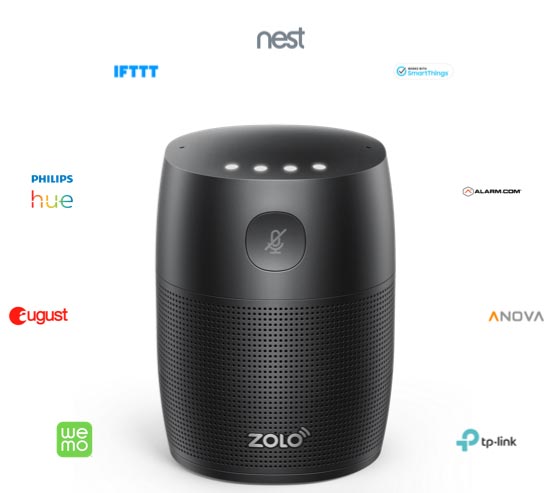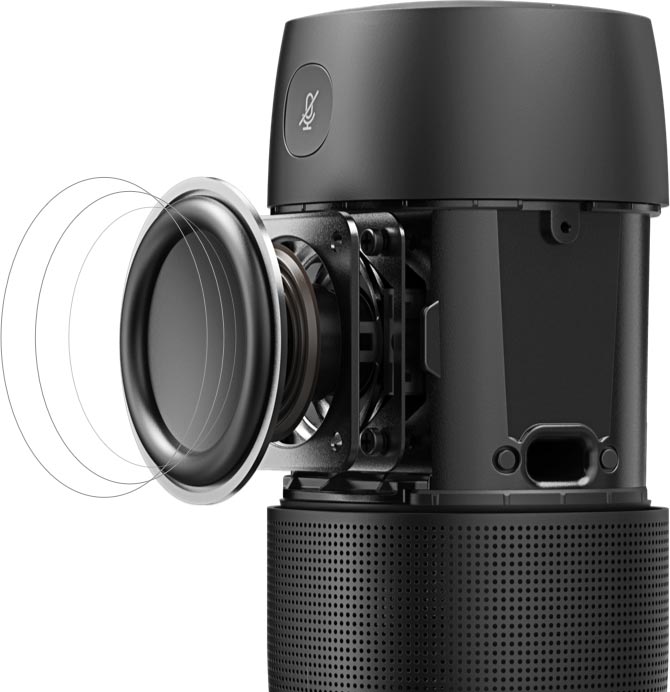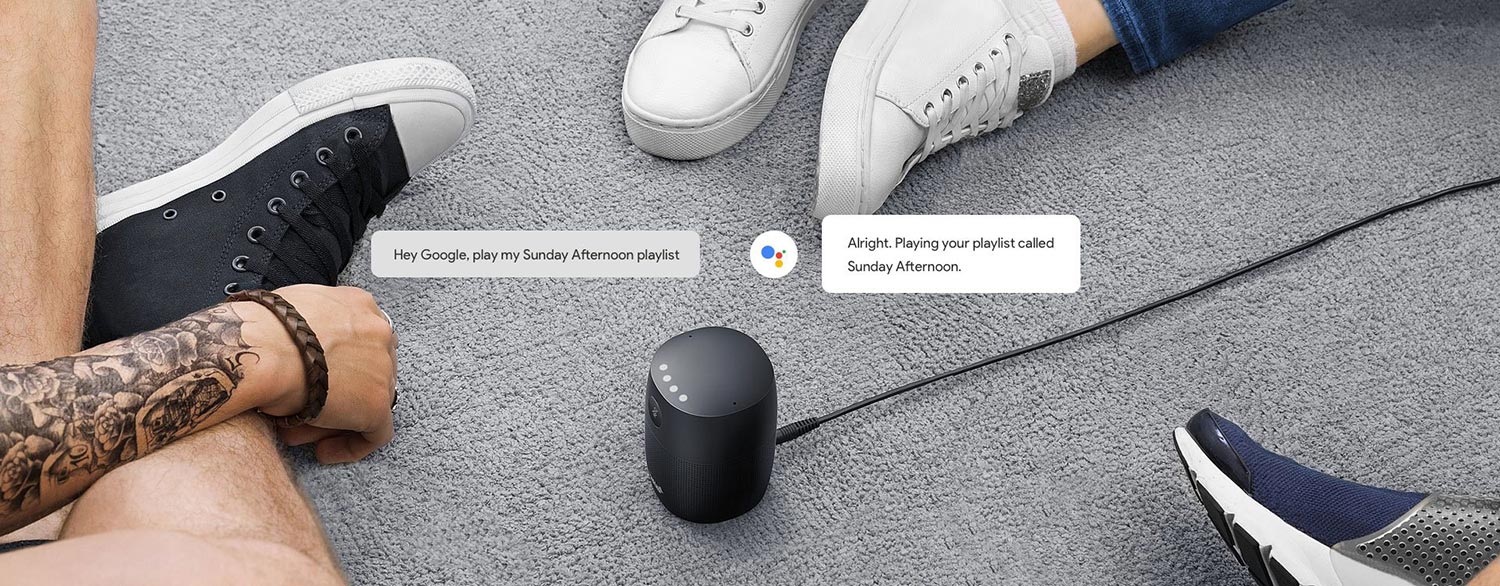Tom's Guide Verdict
The Zolo Mojo delivers decent sound for a small speaker but costs nearly twice as much as a Google Home Mini without offering any advantages.
Pros
- +
Compact form
- +
Bluetooth connectivity
- +
Responsive touch gestures
Cons
- -
More expensive than Google Home Mini
- -
Can't make calls
- -
Doesn't let you adjust treble or bass
- -
Lacks rich bass
Why you can trust Tom's Guide
If all you want out of a smart speaker is a way to manage your smart devices, check the weather and listen to some podcasts while you're in the kitchen, you don't need a large speaker.
Both the $49 Google Home Mini and the $50 Amazon Echo Dot do the job well. But you do have other options: Zolo offers the Mojo ($79) as an alternative small smart speaker. However, although it costs twice as much as the Google Home Mini, the Mojo doesn't deliver twice the value, and isn't quite up to par with the best smart speakers on the market.
Design
Available only in black, the 3.7 x 2.7-inch Mojo is compact and simple in design; compared to the wide, disc-shaped Google Home Mini (3.9 x 1.7 inches), it takes up much less counter space but is almost twice as tall. The unit houses a single 1.7-inch driver.
The top of the Mojo doesn't have any buttons, but its surface is touch-sensitive: Swipe left to lower the volume, swipe right to raise it and tap to pause a track. The gestures worked well.

The top has four LEDs that pulse when Google Assistant is listening. The LEDs also show the volume level when you change it.
MORE: Our Favorite Smart Home Gadgets and Systems
Get instant access to breaking news, the hottest reviews, great deals and helpful tips.
The front of the Mojo has a single button for muting the microphone, and the back has a button for Bluetooth pairing. There's no power button; you have to unplug it if you want to turn it off.
Google Assistant
The Mojo supports Google Assistant, which was responsive to my requests from across the room. It played music from Spotify, turned on a Wemo Switch and cued up YouTube videos on a Chromecast. Unlike the Google Home Mini, the Mojo can't make calls — a limitation that also plagues other third-party speakers with Google Assistant.. Google has said this feature will be available on third-party speakers in the future.
Audio Performance
The Mojo produces average sound for a small speaker; voices and vocals stand out in the mix, but the audio lacks resonance. By comparison, the Google Home Mini produces more bass, which makes it sound fuller.

On Childish Gambino's "This Is America," Donald Glover's rapping was easy to understand, but the deep bass that drives the song was hard to make out. Similarly, Courtney Barnett's vocals on "City Looks Pretty" were clear, but the distorted guitars lacked presence. Acoustic songs such as Big Star's "Thirteen" and Fleetwood Mac's "Never Going Back Again" also sounded thin.
Wireless Connectivity and Setup
As with other speakers that include Google Assistant, you use the Google Home app to set up the Mojo. You connect through your Wi-Fi router to get internet access, and you can choose 2.4 GHz or 5 GHz — although, with the speaker’s limited fidelity, there's really no benefit to picking 5 GHz. You can also pair the speaker with other devices through Bluetooth, which is handy if Google Assistant doesn't support your preferred music service.

Through the Google Home app, you can add the Mojo to a multiroom setup, but unlike on the Google Home Mini, you can't adjust the bass or treble.
Bottom Line
The Zolo Mojo gets the job done as a small smart speaker; it doesn't take up much space and is responsive to voice commands. It doesn't sound great, but few small smart speakers do. Its biggest problem is its price: At $79, it's nearly twice as much as the Google Home Mini, which has more features and slightly better sound. If the cost were the same, the Zolo's size might make the difference, but as it is, the Google Home Mini is the better choice for most people.
Credit: Zolo

Michael Gowan is a freelance technology journalist covering soundbars, TVs, and wireless speakers of all kinds of shapes and sizes for Tom’s Guide. He has written hundreds of product reviews, focusing on sound quality and value to help shoppers make informed buying decisions. Micheal has written about music and consumer technology for more than 25 years. His work has appeared in publications including CNN, Wired, Men’s Journal, PC World and Macworld. When Michael’s not reviewing speakers, he’s probably listening to one anyway.

